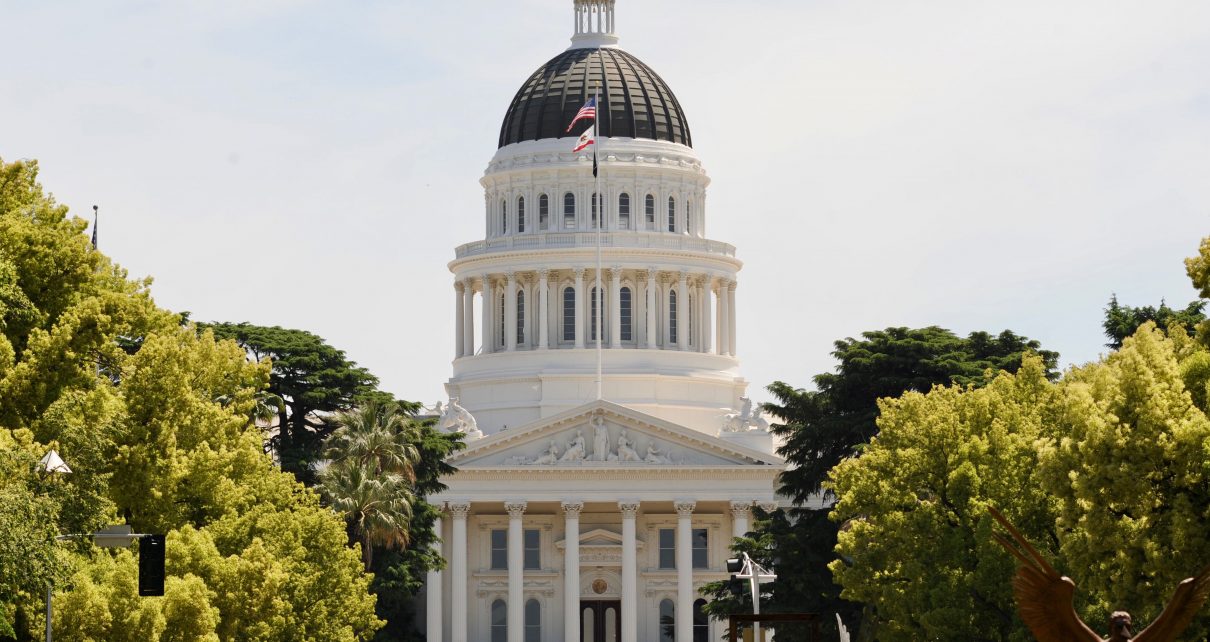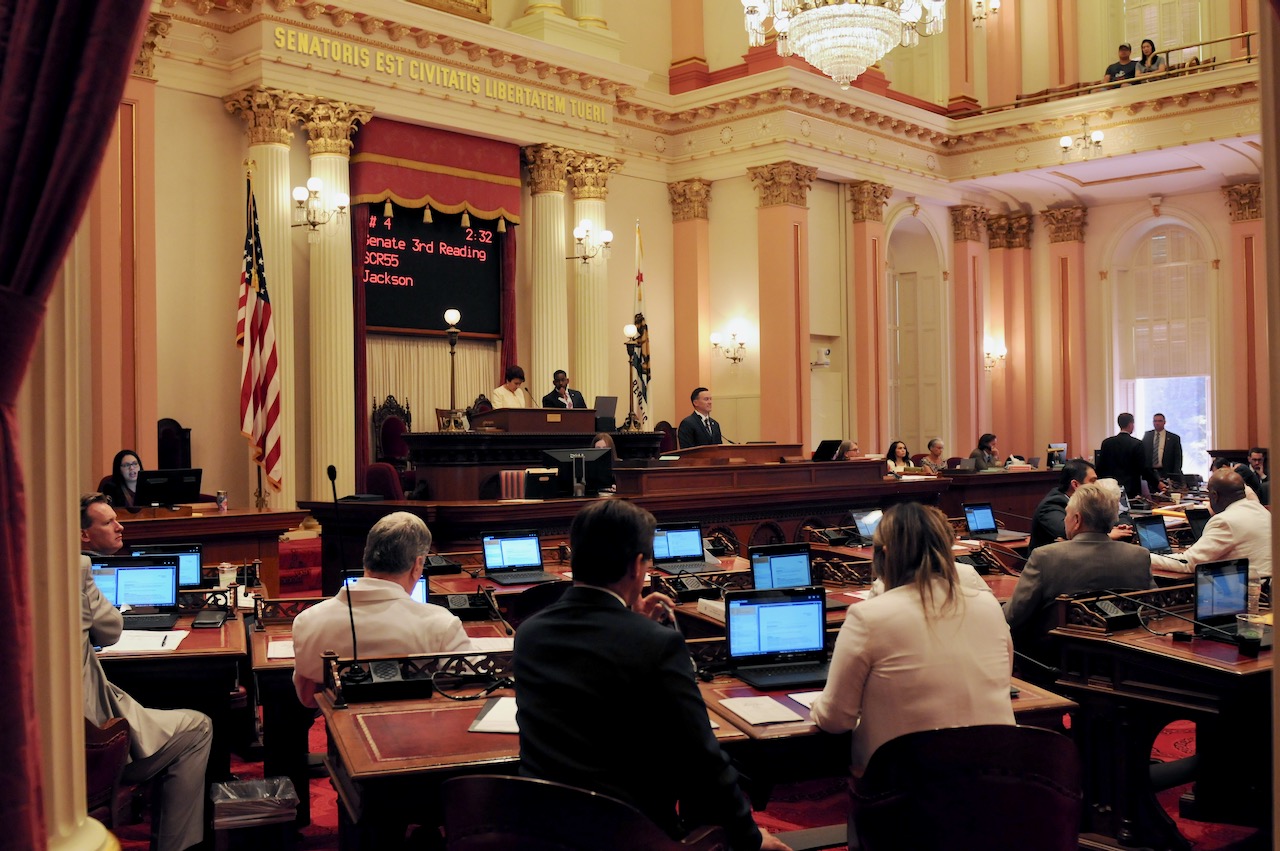
California State Capitol. (Photo: Kevin Sanders for California Globe)
More Money, More Problems
$24 billion in homelessness spending in the last five years has resulted in a 30% increase in California’s unhoused population
By John Maniaci, May 24, 2024 6:30 am
California is often praised by its leadership as the 5th biggest economy in the world in the face of critics by its progressive government. To this I say, California has grown in spite of its government policies, not because of them. California prospers because of technology, finance, and agriculture, the thinkers and workers who sweat in one way or another to fight for their California dream. For over half a century, California was the shining city on the hill. Now our population is in decline and home ownership for the young is flat out unattainable. Politicians vow to rescue those trapped in cycles of poverty and the struggling middle class, who fight to survive in an unstable economy running wild with inflation. The ever repeating theme from Sacramento is “just give us more money and we’ll fix the problem.”
Government assistance programs to help those hurting the worst seem to instead subsidize non-profit boards, private industries, and unions more than the populations in need. Pick an area in need and you can see reckless government spending of taxpayer dollars swallowed up by greed or burdensome regulations. $24 billion in homelessness spending in the last five years has resulted in a 30% increase in California’s unhoused population. All it takes is a trip to a major city in California to see the results on homelessness policy with reports out of LA placing the cost of a single tent in a city sponsored village, at $44,000.
When it comes to housing construction, the regulatory burden on new construction has increased the cost of the average home by $200,000. Two recent examples of new low income apartments, subsidized by the government and sponsored by localities, have eclipsed $600,000 PER UNIT placing the total cost for the most recent individual projects to be roughly $70 million. The increases in cost are DESPITE government prioritizing growth and investment. So what drives these costs?
The irony of government spending is the seeming ineffectiveness of sometimes multi-billion dollar investments is often hindered by government regulation itself. Delays are costly and regulatory hurdles lead to costly lawsuits or a spin cycle of evolving regulations. When one circle of regulatory hell is completed, another appears or a design requirement changes. When competing for government grants and subsidizes, the latest and greenest designs that meet costly environmental standards become a requirement, not a preference. A single month delay can add 1% to the total cost of a project. Labor is also a major contributor; competition for the aforementioned taxpayer subsidies are tied to the use of union labor which increase the price an average 25%, compared to non-union projects.
The anecdotal housing costs can be cross applied to numerous other sectors that are generally publicly financed and sought by local government. Building a park? Not without union labor. Building a new highway or overpass? Good luck getting approval from myriad of state agencies and state required mitigation. With each delay and regulatory hurdle, local governments face increased costs and shifting regulations.
At every turn the state shoots itself in the foot and ties the hands local governments. Then they come back to tax payers and what? They ask for increased taxes in the form of sales taxes, property fees, or a deferred tax in the form of bonds. In a state with an annual budget of around $300 billion, debt payments are now $6 billion on a total debt of over $100 billion. Facing a tax wary population politicians defer to bonds for nearly every priority. This year alone the legislature rubber stamped over $80 billion in bonds marking their fiscal imprudence. Every time the legislature turns to taxpayers for bonds they burden future generations with an even greater debt. Rather than increasing taxes or passing bonds that trap future generations; cutting regulations and decreasing the bloat of government agencies will allow all Californians to prosper again.
- ‘Trick or Treat’ in July! - July 3, 2024
- More Money, More Problems - May 24, 2024
- Payouts for Harassers, the CSU Way - September 21, 2023





The State didn’t “shoot themselves in the foot” nor did they make any mistakes at all in squandering millions and now billions without reducing homelessness. This was the plan from the beginning. Proof? No audit required. No statistics compiled. No one fired or demoted. No funds cut off.
The massive distribution of taxpayer money to non profits and political allies in the homeless industrial complex who did little to reduce the homeless was the whole point. They got rich, as a few local operators have done in my town and perhaps yours.